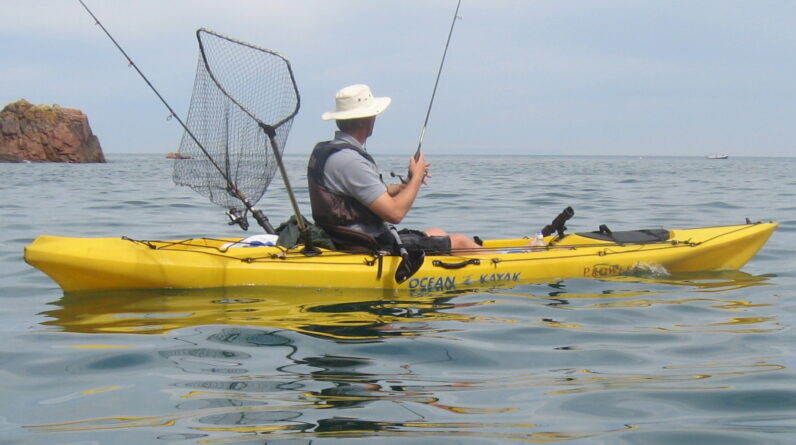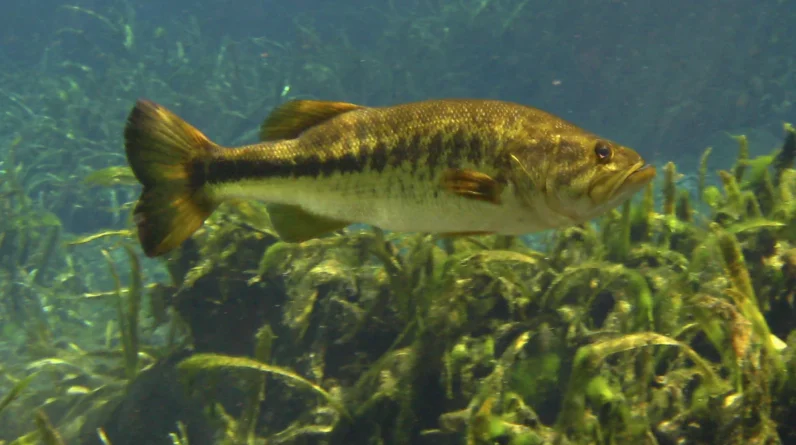One of the most satisfying aspects of fishing is not just the thrill of the catch but also the delicious reward that awaits you in the kitchen. Knowing how to clean and cook your catch is a fundamental skill for any angler, allowing you to enjoy the freshest, most flavorful seafood imaginable. In this comprehensive guide, we will take you through the steps of cleaning and cooking your catch to perfection. Whether you’ve reeled in a prized trophy fish or a humble panfish, with the right techniques and recipes, you can turn your catch into a culinary delight. For additional fishing tips and resources, visit cheerfulfisherman.com, where you’ll find a wealth of information to elevate your fishing and cooking experience.
The Joy of Preparing Your Catch
There’s a unique satisfaction in knowing that the meal on your plate is the result of your own angling skills. Here are a few reasons why learning to clean and cook your catch is so rewarding:
- Freshness: Your catch is as fresh as it gets, ensuring the best flavor and quality.
- Variety: Depending on your fishing location and technique, you can enjoy a wide variety of fish species, each with its unique taste and texture.
- Cost-Efficiency: Preparing your catch can be cost-effective, especially if you catch fish regularly.
- Sustainability: Responsible fishing practices contribute to sustainable seafood consumption.
Cleaning Your Catch
Before you can savor your fish, you need to properly clean it. Here’s a step-by-step guide on how to clean a typical whole fish:
- Gather Your Tools: You’ll need a sharp fillet knife, a cutting board, and a bowl of clean water.
- Scale the Fish: Using the back of your knife or a fish scaler, remove scales by scraping from tail to head. Rinse the fish thoroughly to remove loose scales.
- Gut the Fish: Make a shallow incision along the belly from the vent (anal opening) to the gills. Use your fingers or a spoon to remove the entrails.
- Remove the Head: If desired, remove the head by cutting just behind the pectoral fins.
- Fillet the Fish: To fillet the fish, make a diagonal cut behind the pectoral fin, angling the knife toward the head. Slide the knife along the spine, keeping it parallel to the backbone, and cut down to the tail. Flip the fish and repeat on the other side.
- Remove Pin Bones: Using needle-nose pliers or tweezers, carefully remove any pin bones from the fillets.
Cooking Your Catch
Once your fish is cleaned, it’s time to cook it to perfection. Here are a few popular cooking methods:
- Grilling: Grilled fish is a favorite for its smoky flavor and crispy skin. Marinate your fillets in your preferred seasoning, then grill them over medium-high heat for a few minutes on each side until the flesh flakes easily.
- Baking: Baking is a versatile method that works well with various fish species. Place seasoned fillets on a baking sheet, drizzle with olive oil, and bake at 350°F (175°C) until the fish flakes with a fork.
- Pan-Frying: For a crispy exterior, pan-frying is ideal. Dredge your fillets in flour or breadcrumbs, then fry in a hot skillet with a bit of oil until golden brown and cooked through.
- Poaching: Poaching is a gentle cooking method that keeps fish moist. Simmer fillets in seasoned broth or wine until they are opaque and flaky.
- Ceviche: Ceviche is a popular method for marinating fish in citrus juices, such as lime or lemon. The acid “cooks” the fish without heat, resulting in a refreshing dish.
Recipes and Seasonings
Experiment with various recipes and seasonings to create diverse flavors for your catch:
- Lemon and Herb: A classic combination, of lemon and fresh herbs like dill or parsley, adds brightness to your fish.
- Cajun Spice: Cajun seasoning brings a flavorful kick to your fish with a blend of spices like paprika, cayenne, and thyme.
- Teriyaki Glaze: A teriyaki glaze made with soy sauce, ginger, and garlic adds an Asian-inspired twist.
- Mediterranean: A Mediterranean-inspired dish might include olive oil, olives, capers, and tomatoes for a burst of Mediterranean flavor.
Resources on cheerfulfisherman.com
For more tips, recipes, and inspiration, visit cheerfulfisherman.com. You’ll find a variety of resources to enhance your fishing and cooking experience, including guides on selecting the best fish for your recipes, techniques for preparing seafood dishes, and more.
Conclusion
Learning how to clean and cook your catch is a gratifying skill that allows you to fully appreciate the fruits of your angling efforts. From the simplicity of grilled fish to the complexity of ceviche, there are countless ways to prepare and enjoy your freshly caught seafood. For additional insights and resources, visit cheerfulfisherman.com, where you can expand your culinary repertoire and take your fishing and cooking skills to the next level. Whether you’re sharing your catch with friends and family or enjoying a meal by yourself, preparing and cooking your fish is an experience to savor and cherish.






